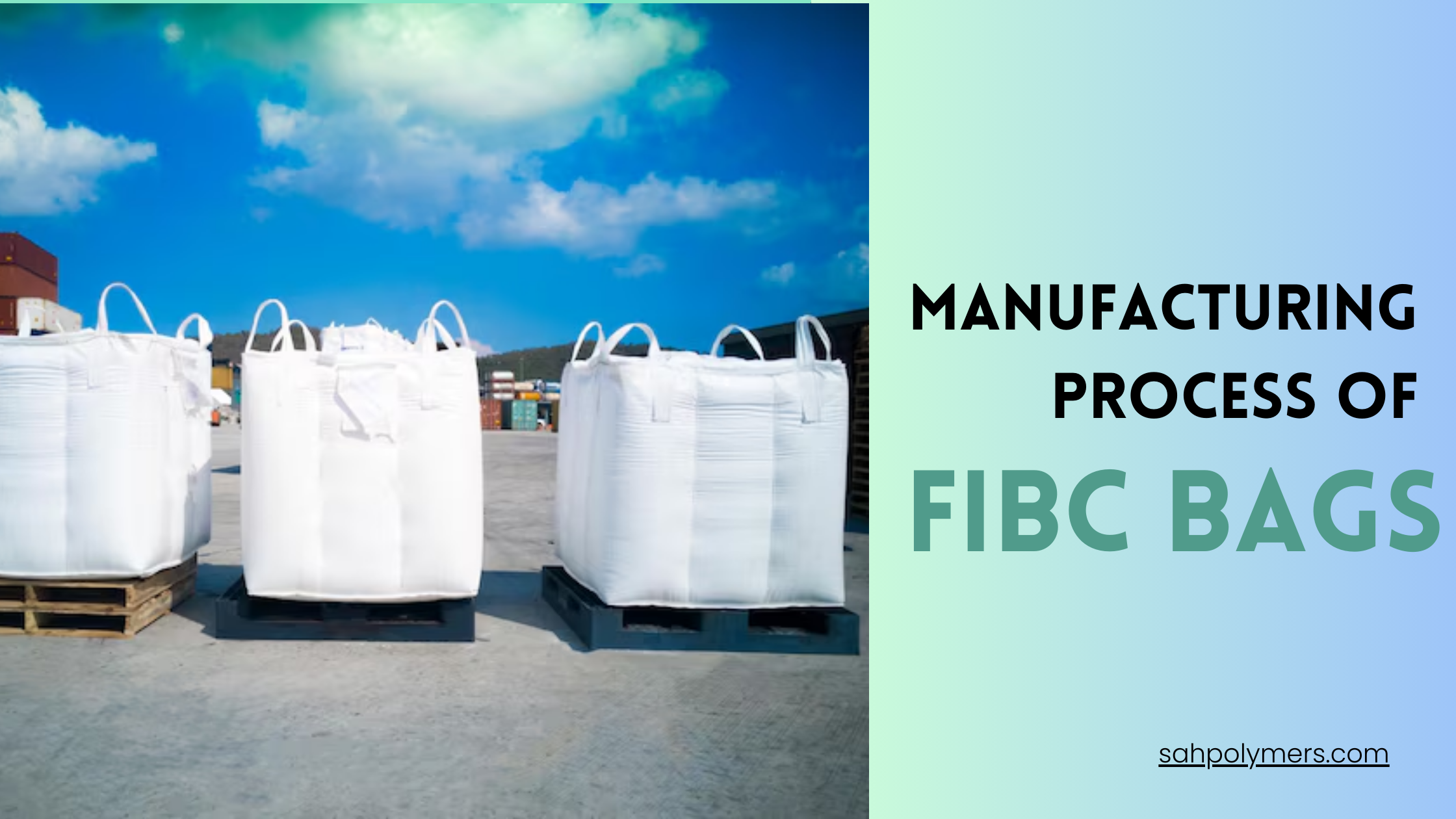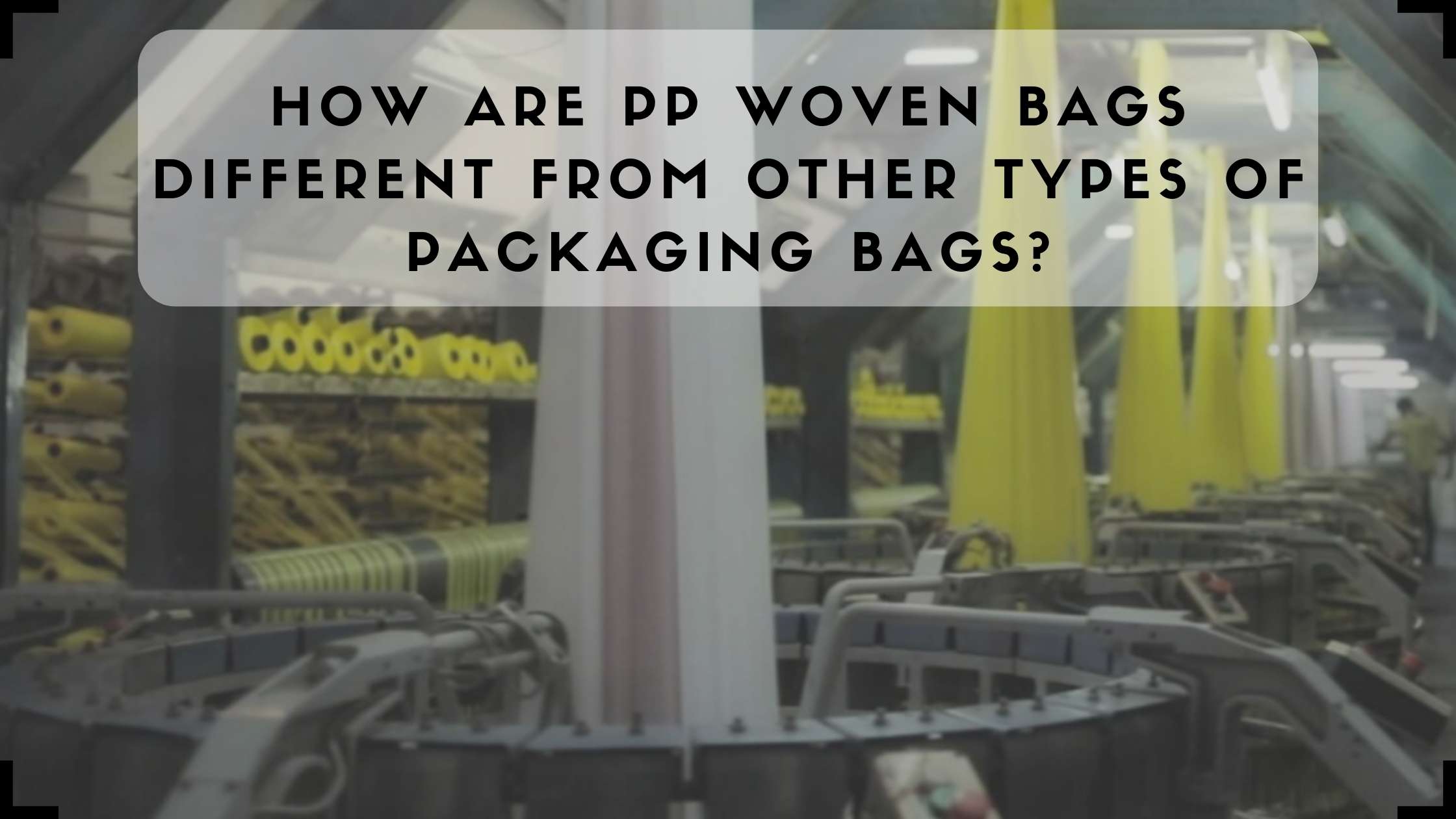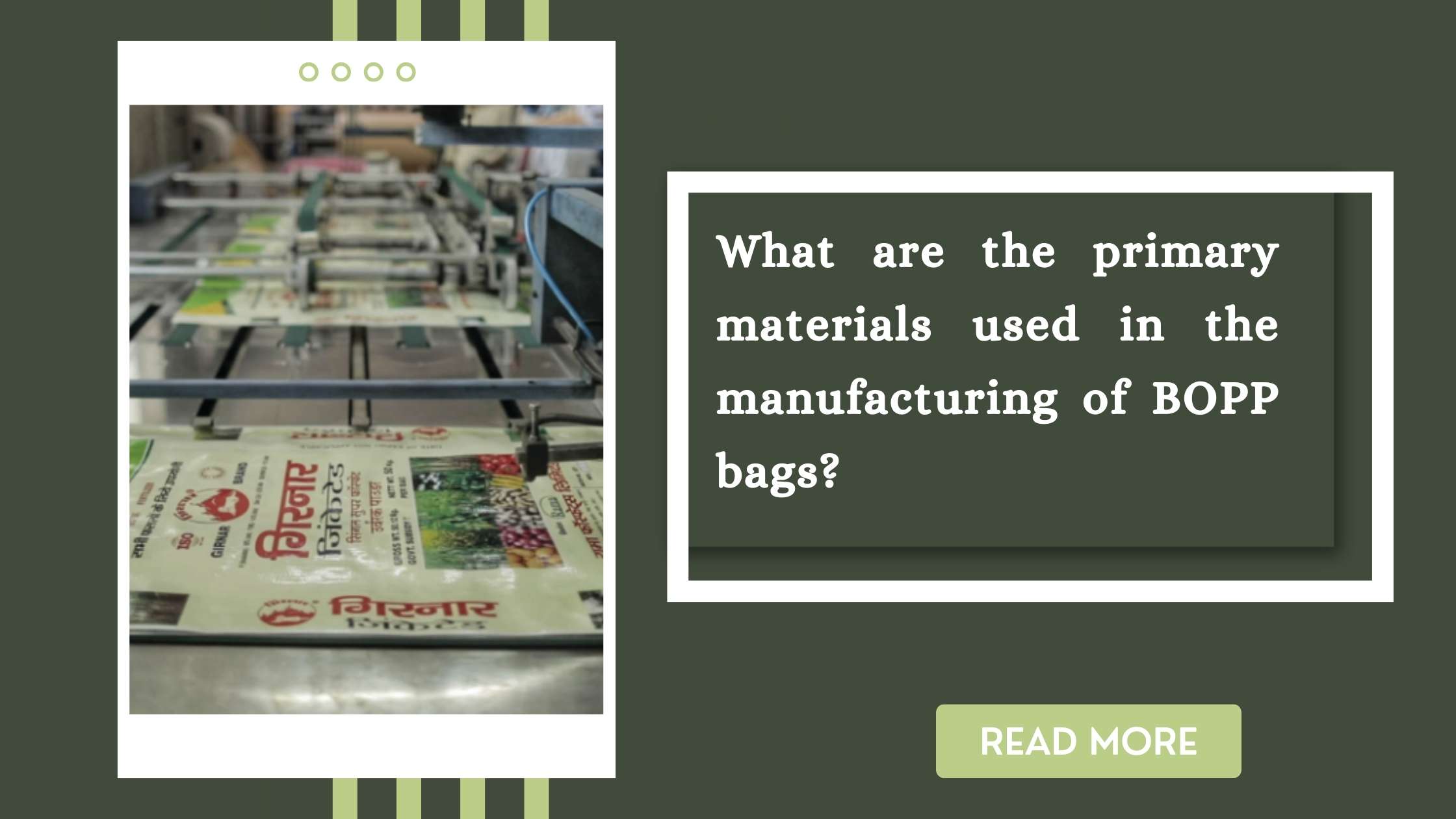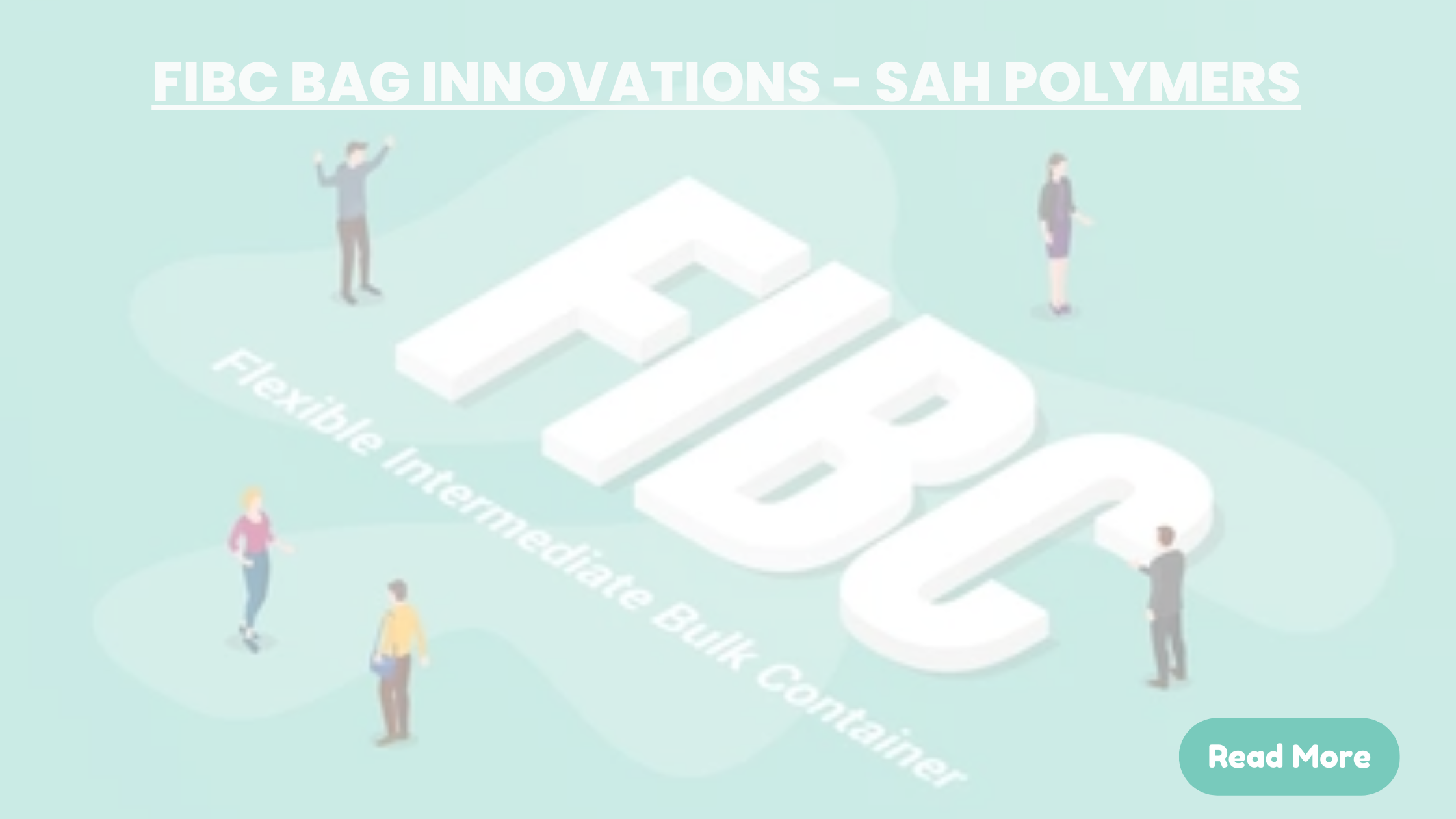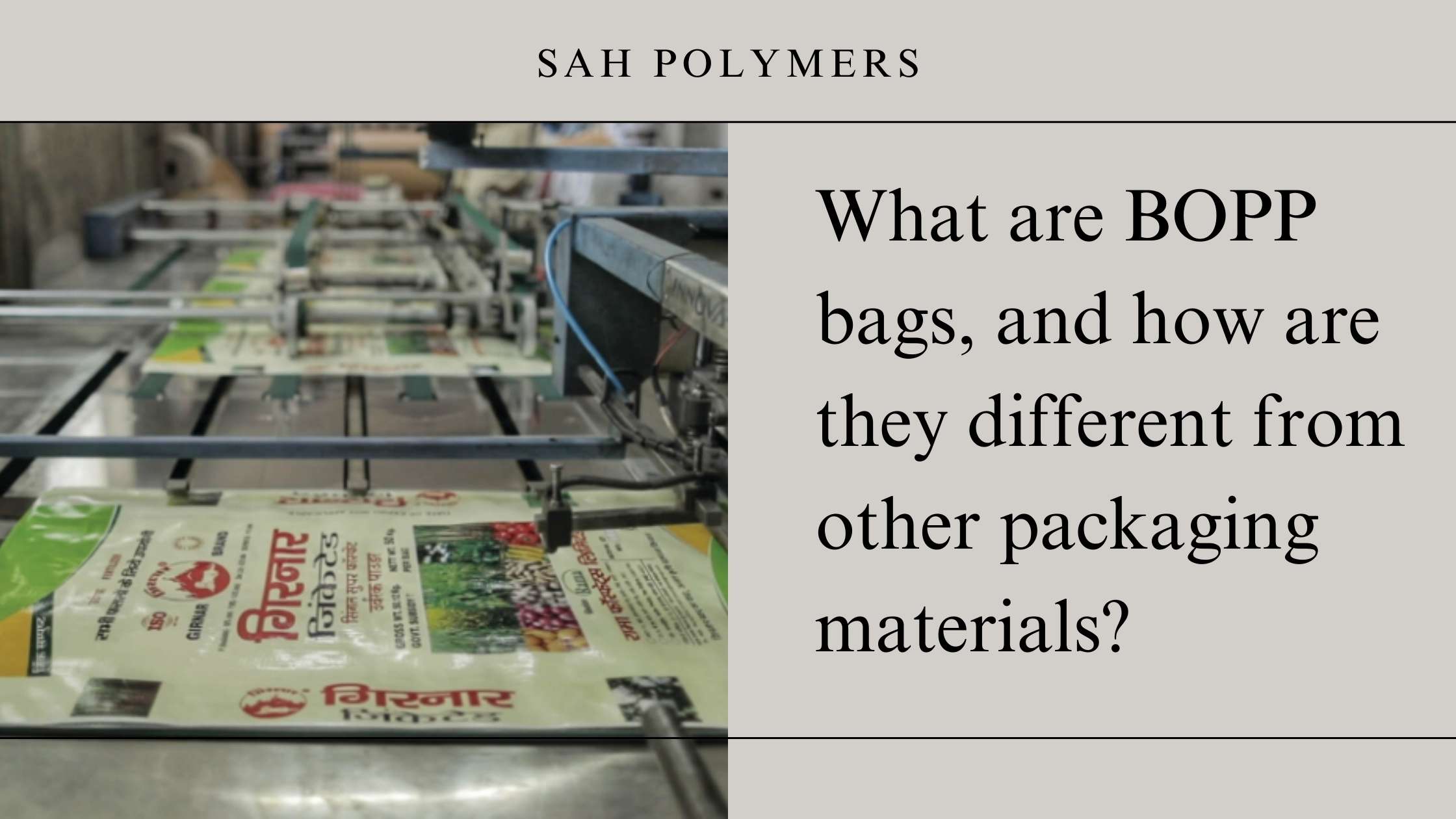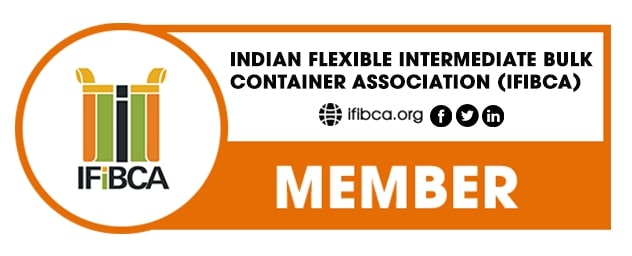The Manufacturing Process of FIBC Bags: From Raw Material to Finished Product
Have you ever wondered how those big, strong bags that can hold anything from sand to sugar are made? Then be ready to go through the manufacturing process of Flexible Intermediate Bulk Containers (FIBC) bags, popularly known as big bags, in a playful yet informative way. The creation of these bags is one amazing thing about them; they are the unsung heroes of bulk transportation.
Step 1: Raw Material – The Polypropylene Magic
This begins with polypropylene, a type of plastic that is as versatile as a Swiss Army knife. FIBC bags are made out of polypropylene granules. These latter are melted and drawn into long thin filaments just like spaghetti. It’s more like making spaghetti but instead of pasta, you get strong threads.
Step 2: Weaving the Fabric – The Loom Room
Afterwards, these filaments are woven into the fabric using loud weaving machines. Think of an entire room filled with large looms at work – this is how it looks when they create soft and supple cloth. This fabric is what gives strength to the FIBC bag thus enabling it to withstand heavy loads when moving around. It’s almost like making a huge spider web that can hold up a car!
Stage Three: Cutting and Stitching Bags for Giants
After preparing the material, it is necessary to cut and sew it into the shape of a bag. This is similar to tailoring but instead of making clothes for people, we make outfits for bulk materials. The fabric is divided into panels which are then sewn together to form the body of the bag. Handles or lifting loops are also sewn on so that bags can be easily lifted and moved.
Step Four: Adding Liners – Inner Shield
Some products especially those that need extra protection from moisture or contamination require an inner lining. This lining acts as if it were a superhero’s cape in addition to the usual one. Made of different plastic types; before sealing is done, this comes separately inside the bag.
Step 5: Printing and Finishing – The Final Touches
Forgetting about a touch of branding on a bag is not possible! Either logos, instructions or anything else that is needed can be printed on the bags. This step gives the bag its personality by making sure everyone knows who made it and what it’s supposed to do. After they are printed, the bags have to be inspected against quality to ensure their conformance with all necessary criteria.
Step 6: Packing and Shipping – Off to the World
At last, finished bags are sorted out, packed, and shipped around the world. They are also neatly placed for filling up with all kinds of bulk materials. As such then these bags are ready for taking on the world from construction sites down to food processing zones.
Conclusion
Sah Polymers makes high-quality products, that are known for their innovation; thus they are one of the leading manufacturers of FIBC bags. Sah Polymers ensures that every bag produced by them meets the highest standards when it comes to durability and reliability; hence their commitment to excellence. For agricultural products, chemicals, or construction materials you may require bags in this case Sah Polymers has you covered fully. They boast a state-of-the-art manufacturing facility that guarantees customer satisfaction thereby becoming a trusted name in the industry.
Therefore, the next instance you see one of such big bags, remember its incredible travel. The process of FIBC bag production from raw polypropylene to a finished product proves that mankind is smart and that magic exists in modern manufacturing. Don’t forget that behind every great bag Sah Polymers or any other company is ensuring the safe and convenient transportation of bulk materials in the world.

